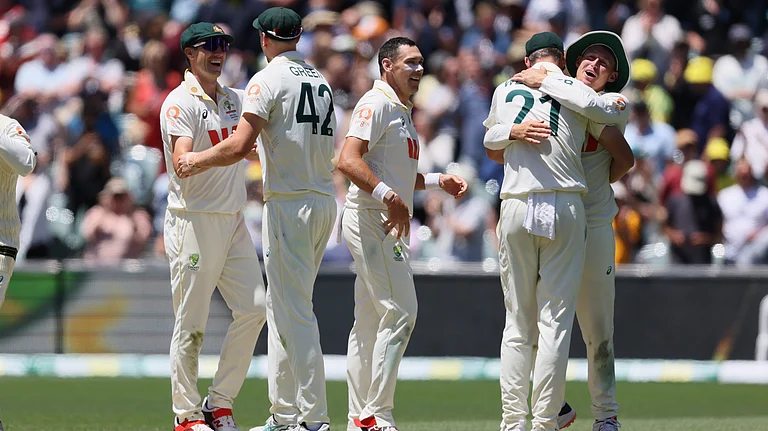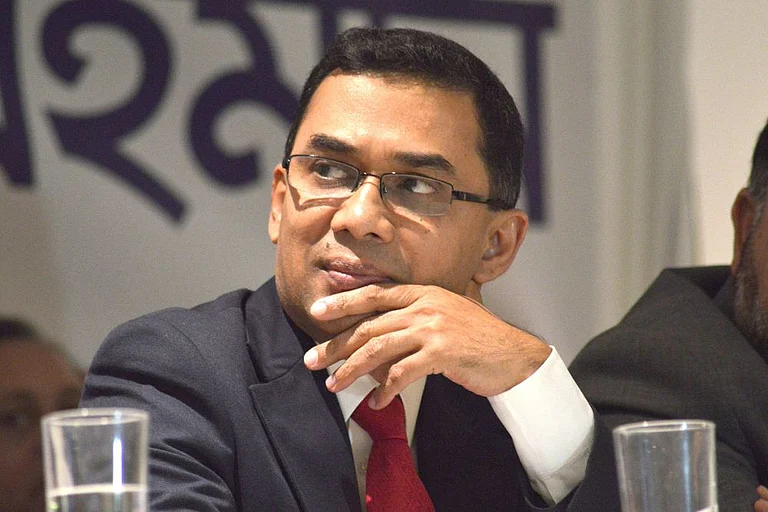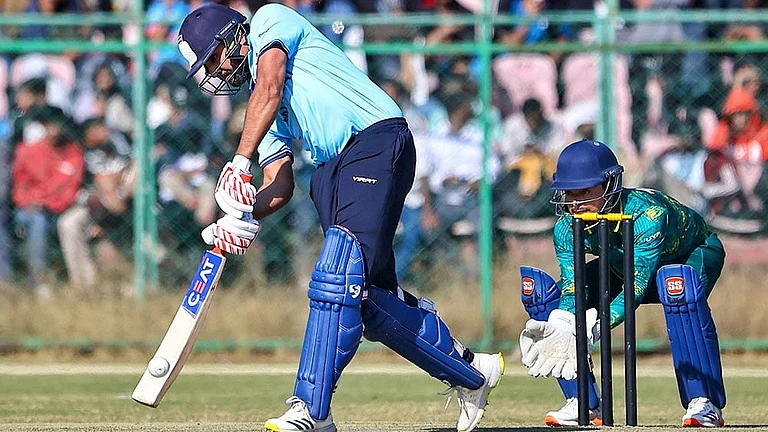There is something called a ‘vision horizon’: a leader’s ability to look deep into the future. A political analyst once did an interesting exercise of examining the great leaders of our age, from Napoleon to Kennedy, and putting a notional time-scale to their respective vision horizons. Thus, according to his estimates, the leader who had the farthest vision horizon of all was, somewhat controversially, Churchill, who was apparently able to look 60 years into the future. Lee Kuan Yew was not included, but one can safely assume that he’d have left Churchill a few years behind. He is, after all, the person about whom the canny Richard Nixon once said, that if he had lived in another time and place, he might have achieved the historical stature of a Gladstone or Disraeli.
‘The grand master’ is now 91, and rumours say he’s nearing the end of his days. The authors, a team of eminent strategy thinkers, took the opportunity of recording his views on the world, and the way it’s likely to take shape over the next quarter century. The result is this concise, but important book, that looks at the futures of China, the US and India, as well as important contemporary issues, from globalisation and democracy to Islamic extremism—all delivered in Lee’s characteristically incisive, and occasionally politically incorrect manner. Thus, for example: “India is not a real country. Instead, it is 32 separate nations that happen to be arrayed along the British rail line”. Only Lee could say something like that and get away with it.
Of all the themes of the book, the single most important, of course, is China, and its global equation with the United States. And who better to discuss that than Lee, who has been a mentor to Chinese leaders going back to Deng Xiao Ping, as well as to American presidents going back to Nixon. We can, he cautions us, expect to see China assert itself as the No. 1 power in Asia—and ultimately in the world. The Chinese have calculated that they need perhaps fifty years to build up their capabilities—economic, technological and military—and then make the ultimate transition from communism to the market system. Until then the dictum is, apparently, “Keep your head down, and smile for forty or fifty years”. But after that, perhaps circa 2060, the smile is likely to be switched off. China cannot forget its dominant historical position as the ‘Middle Kingdom’, to which lesser nations offered tribute, Lee explains, and a sense of reawakened destiny now drives them to reclaim that position.
Yet, China’s journey to pre-eminent superpowerdom is not necessarily a certainty, and there are significant stumbling blocks that might still trip it up. Lee suggests three potential obstacles. First, China’s great cultural and linguistic complexities which make it difficult to attract, and integrate, the global talent necessary to drive its competitive engines for the future. Second, the deep-rooted need for order and discipline hard-wired into Chinese society, which tends to inhibit a culture of creativity and potential for innovation. And third, the inevitable question of governance in the long term. Especially coming from the man whom Xi Jinping, China’s new leader, deferentially calls “our senior, who has our respect”, these are things we need to pay careful attention to.
The chapter devoted to India is not particularly flattering, but it deserves to be read without prejudice. To sum up his position, Lee believes that India squandered its opportunities in the 1960s, and is held back today by issues ranging from its political system to its social infrastructure. “Do not talk about India and China in the same breath,” he says, slightly disdainfully, going on to note that India can grow to be an important regional power, though it “does not pose such a challenge to international order as China”.
So what should India’s China strategy be? Any form of confrontation is obviously to be avoided. One option might be to prudently craft our own positioning relative to, but alternative to,
China’s own positioning. Another option might be to deftly reposition China, by capitalising on its inherent weaknesses, such as cultural complexity and lack of innovativeness: in their greatest problems could lie our greatest opportunities. We might even evolve some delicately balanced hybrid of the options above. But whatever the path, we’d do well to remember the Chinese dictum of “keep your head down, and smile for forty or fifty years”.
























